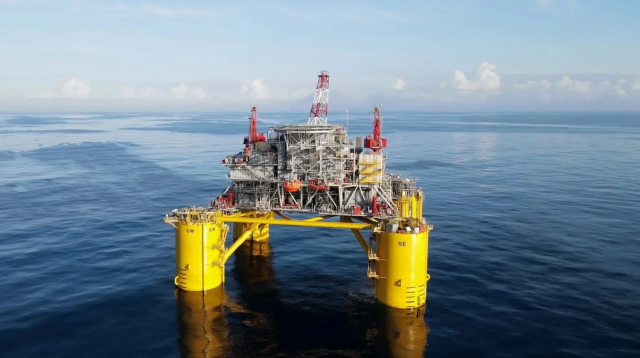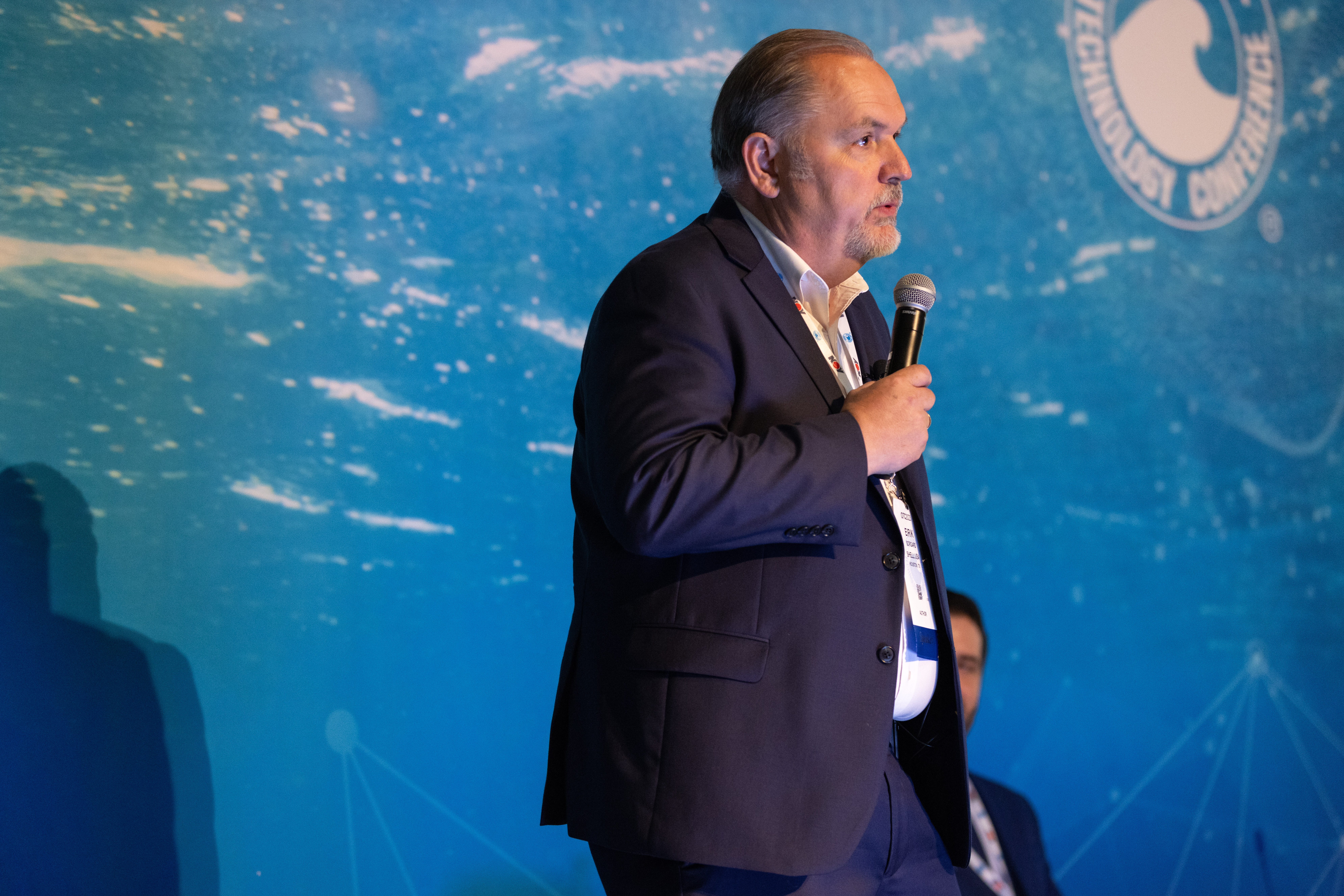
Shell started production at the offshore Vito project. (Source: Offshore Technology)
Now and then, a silver lining turns up where least expected — even in the deep waters of the Gulf of Mexico (GoM). For Shell, the odyssey to bring the GoM’s Vito project online turned what seemed like an impossible and costly project into a slimmed down, cheaper blueprint for deepwater developments.
The Vito project, which spans four Outer Continental Shelf blocks in the Mississippi Canyon, is a deepwater oilfield lying in water depths of more than 4,000 ft. Discovered in 2009, Shell and Equinor have ownership stakes in the field, with Shell as operator holding 63.11% and Equinor the remaining 36.89%. Vito’s peak production is estimated to be an average 100,000 boe/d with an estimated recoverable resource volume of 290 MMboe. The development of Vito was quite the uphill climb for Shell, the project team said during a panel at the 2023 Offshore Technology Conference in Houston.
When approaching the Vito development, project manager Kurt Shallenberger had a few questions to ask himself and his team:

“What's going to make our people care enough to make a cultural change of making impossible possible, of making the impossible affordable?... Have we lost our way in building cool, big things and not building things that are affordable to sustain ourselves?”
Shallenberger compared reservoirs to “starter homes,” noting it is like starting from the bottom and learning from other projects around the industry.
With this in mind, Shell turned their eyes to the Appomattox project they were also developing in the GoM. Appomattox—Shell’s biggest offshore project in the GoM—led to Vito initially planned to have a top size of 40,000 metric tons (mt), said Eirik Sorgard, a Shell engineer who worked on the Vito project. However, oil prices took a fall towards the end of 2014 — a time when massive developments were no longer considered competitive — and forced them back to the drawing board.
‘Prudent risks’
Shell attacked their new problem with the question of, “How can we develop this resource base more competitively?” Sorgard said. They came back with the realization that they did not need a high level of redundancies and they could develop the project with a much smaller footprint, while also making it easier to operate.
The project was rescoped in 2015, reducing the size to only 8,500 mt and resulting in a reduction of 80% in CO2 emissions. The project simplification also resulted in a cost reduction of more than 70% from the original concept. That wasn’t the only change.
In fact, Sorgard called the development a “stark departure,” from what they had done in decades past.
“When you look at a deepwater Gulf of Mexico reservoir of 30,000 feet and below 6,000 to 8,000 feet of salt, in the past we would typically try to get down using eight to 10 casing streams,” Sorgard said. “If we were going to make this affordable, we have to take prudent risks. That means we are not willing to sacrifice on process safety risks, but we might be willing to take some efficiency risks by trying to slim this down to get a more affordable and competitive project.”

Because of this risk taking, Vito, which ultimately ended up with a six-casing stream design and an in-well gas lift system, serves as a de facto template for Shell’s developmental and exploration wells.
Vito, Shell’s 13th deepwater GoM development, began production in February, nearly five years after Shell made its final investment decision in April 2018.
The Vito template
The floating production unit (FPU) for Vito boasts a cost-efficient design that also serves as a template for some of Shell’s other projects. The Whale project’s FPU will be a 99% replica of Vito. The FPU is a four-column semisubmersible with associated flowlines and equipment.
“What Vito represented for us was a new way,” Sorgard said. “Some might say that we had lost our way a little bit and that it is back to the old way that we used to approach developments. And for those who claim that, I will actually say to them, ‘Yeah, you're probably right,’ but it proved to be more resilient to a lower oil price environment.”
Currently, Vito production has reached 50,000 boe/d, only two and a half months after coming onstream.
Recommended Reading
Iraq to Seek Bids for Oil, Gas Contracts April 27
2024-04-18 - Iraq will auction 30 new oil and gas projects in two licensing rounds distributed across the country.

